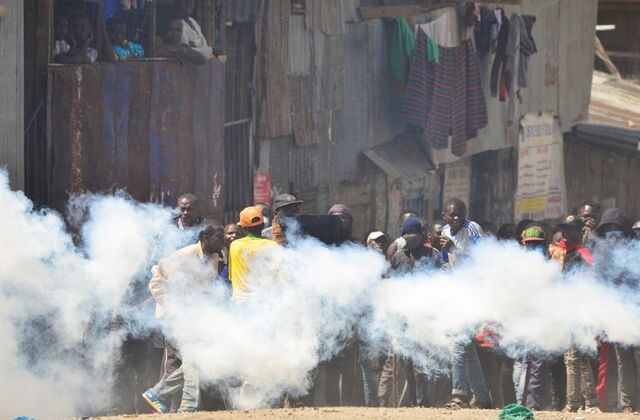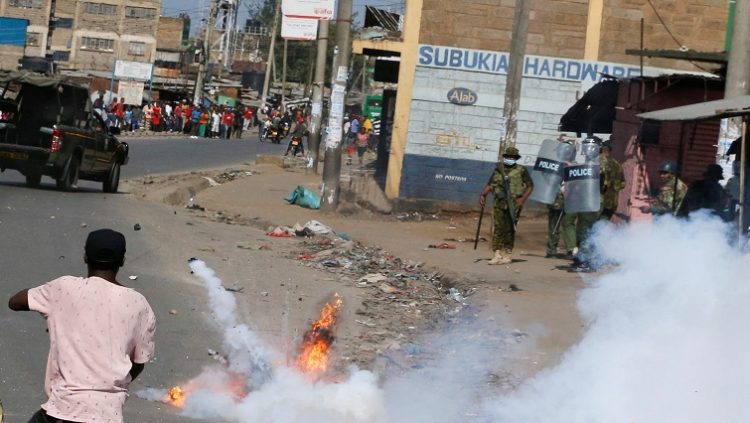Azimio la Umoja protesters are set to take to the streets today. Police are ready to launch teargas to deal with the chaos. Here is what to do if exposed:

Teargas inhalation can be painful. It irritates the eyes, nose, throat, and skin, causing symptoms such as weeping, coughing, and difficulty breathing.
Although tear gas is not fatal, it can cause serious pain and harm if inhaled. If you are exposed to tear gas while protesting, you should take numerous actions to protect yourself and limit your exposure to the toxin.

Did you read this?
When attacked with tear gas, the first thing you should do is move as far away from the gas source as possible. Tear gas can spread quickly, so try to walk upwind or in a different direction when it's there. Cover your nose and mouth with a towel or mask to avoid breathing the gas. If you wear contact lenses, remove them immediately since they can become stuck to the gas in your eye.
Look for a place to get some fresh air after you're safe from the gas. If you are indoors, open doors and windows to allow air to circulate. If you're outside, try to get above ground because the gas is denser than air and is more dangerous. Fans and air conditioners should not be used because they can disseminate the gas, making breathing difficult.

After being exposed to tear gas, cleaning yourself as soon as possible is vital. Tear gas can cling to your clothing and skin, increasing your chemical exposure. Take off your clothes and thoroughly wash them in water and soap. To remove, take a shower and wash your hair and face. Avoid touching your eyes or skin since this may aggravate the affected regions. Avoid harsh detergents that can increase irritation by washing your face with gentle soap.
If you have symptoms after exposure to tear gas, get medical attention immediately. Symptoms include burning and irritation of the eyes, nose, and throat, coughing, difficulty breathing, and skin irritation. If you have a medical condition like asthma or heart disease, you are more likely to experience severe symptoms.









